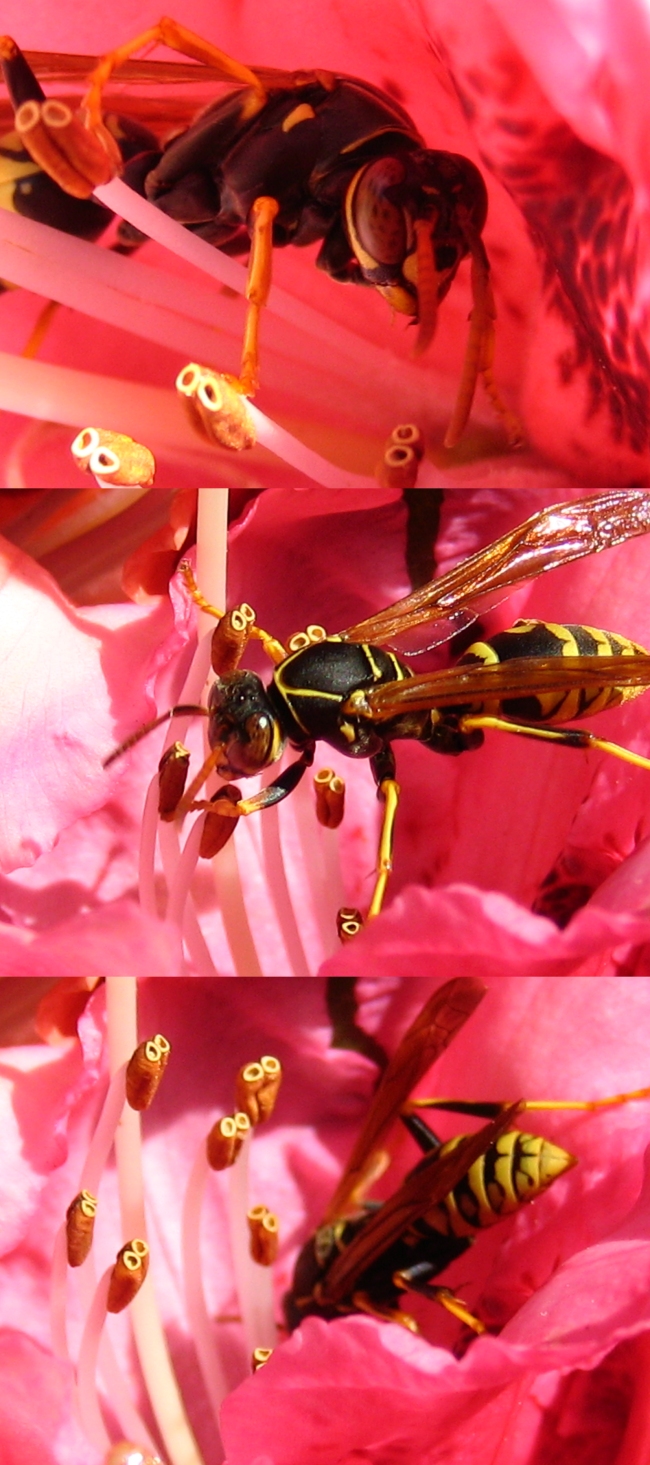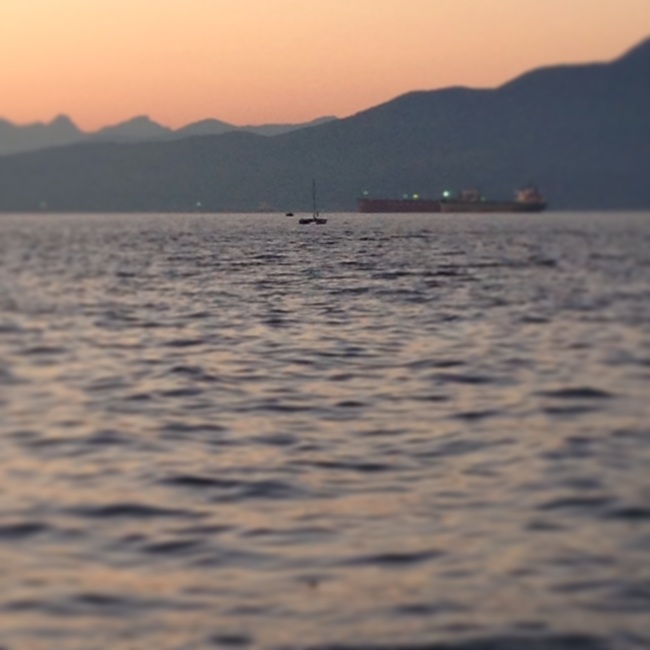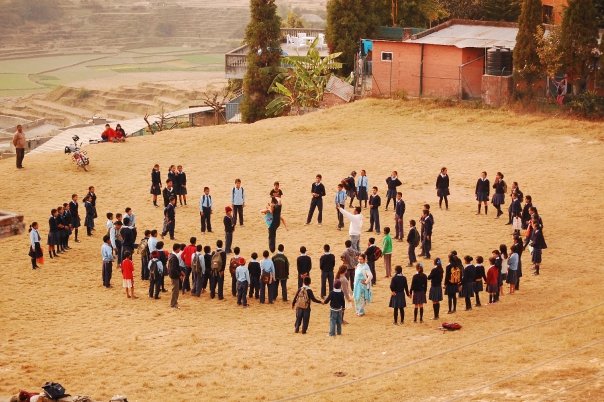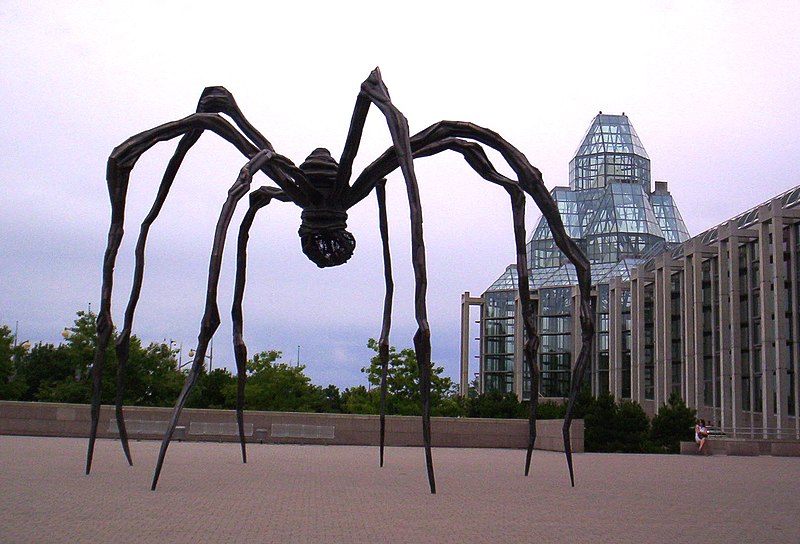Back in 2007, Huang Yong Ping attempted to make an installation at the Vancouver Art Gallery entitled Theater of the World. His question was, ‘what will happen if I put a variety of insects together in an enclosed area?’. The BC SPCA came and answered that question promptly for him — ‘we’ll take the interest of even these mere insects into consideration and come and shut your piece down.’
Assistant Professor Donal O’Donoghue at UBC writes in his article “Are We Asking the Wrong Questions in Arts-Based Research?” about Clive Maloney’s piece, Rural Monument (2007) as well. He points out that the work helps cultivate curiosity through ambiguity (O’Donoghue p.356), and so brings attention to the forgotten (in this case, the Irish rural way of life). However, in the context of art-based research, Theater of the World interested me more, having a clearer, and more controversial question.
On the subject of art-based research, my own question continually seems to be, “but what is the question?”. Research is usually a task undertaken when there is a problem needing a solution, a riddle, a conundrum. Art being explorative, it’s understandable that it might not always begin with a clear hypothesis as to what might happen, but I’m starting to understand where the tension arises from between visual and linguistic/scientific research. With art’s ‘open’, ‘unfixed’ and ‘fluid’ nature, in many cases the concept isn’t even clear. How can there be widespread discussion if no one knows the premise? “Ambiguity can lose all communicative value,” O’Donoghue, himself, cautions (p.359).
On this particular level, I appreciate what Huang Yong Ping was attempting to do. He wondered what might happen, assembled the ‘materials’ and then proceeded to run the ‘experiment’. I would argue though, that the question was not worth the lives of the insects involved.
“That the animal-rights concerns eventually took precedence over the artistic integrity of the work raises important questions about artistic freedom,” writes O’Donoghue. “Yes,” I pondered also, “since when does anyone, artist or otherwise, have the ‘freedom’ to be cruel?”. We are all technically free to hurt one another, and we are all technically free to kill insects. What seems important to consider, nevertheless, is ethics in research — both in the visual and scientific fields. Some recent personal experiences in life have led me to grapple with the costs of say, animal experimentation versus saving the lives of many individuals with the use of medical treatment derived from those experiments.
I struggle with the issue of animal testing and medical advancement, but I do not grapple with the question in Ping’s piece. Again, I would argue that the question was not worth the lives of the lowly of creepy crawlies involved. Small-scale cruelty for the purpose of entertainment, pseudo-inquiry about insect life and nature should not be a standard of ethical visual research. Although the work was successful in some ways, initiating much public conversation and demonstrating, metaphorically, socially, what happens if you put a variety of insects together in an enclosed space, I would like to remind myself and others that ethics matter, that sometimes as artists/humans we may have the ‘right’ and opportunities to carry out violent acts on animals, but that we are not ‘righteous’ in doing so. What is the purpose, in any case, if the research is not representative of positive human endeavor? What kind of model for art-based education inquiry would we be setting?

Bug Stuff 2010

Bug Stuff – 2010

Bug Stuff – 2010 (Bug’s in Real Life)





